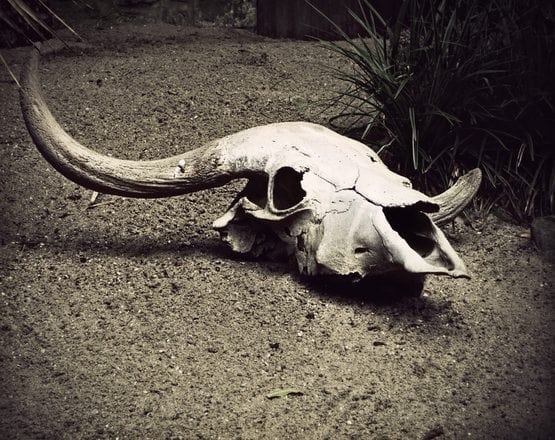Researchers at the University of California, Santa Cruz recently made strides towards solving the mystery of how humans migrated to the Americas following the last Ice Age using DNA from bison fossils called the Land Bridge Migration.
Researchers agree that, at the end of the last Ice Age, humans trekked across a northern land bridge and into the interior of North America, but the details about when the trip took place and where humans travelled have been hotly debated for decades. Now, the UC-Santa Cruz team has found that populations of bison moved north and south along a so-called “ice-free corridor” along the eastern Rocky Mountains 13,000 years ago. Humans were primarily bison hunters at this time, so they likely moved with the bison across the Rockies concurrently.
The team used DNA samples from 78 bison fossils that were uncovered in Canada and that largely resided in museums, combining radiocarbon dating to discover the age of the fossils and genetic analysis to track how genetically distinct northern and southern populations travelled and met within the corridor. The results revealed that the southern part of the corridor opened 13,400 years ago, allowing southern bison to start the journey northward before the corridor even fully opened. The northern bison moved southward later, and the two groups overlapped by 13,000 years ago.
First author Peter Heintzman, a postdoctoral researcher at UC-Santa Cruz who led the DNA analysis said, “The opening of the corridor provided new opportunities for migration and the exchange of ideas between people living north and south of the ice sheets.”
Archeological evidence in South America dates the initial migration into the Americas as far back as 15,000 years ago, but the team argues this corridor could have served as a later route for movement along a north-south axis.
By Ashlyn Stewart










